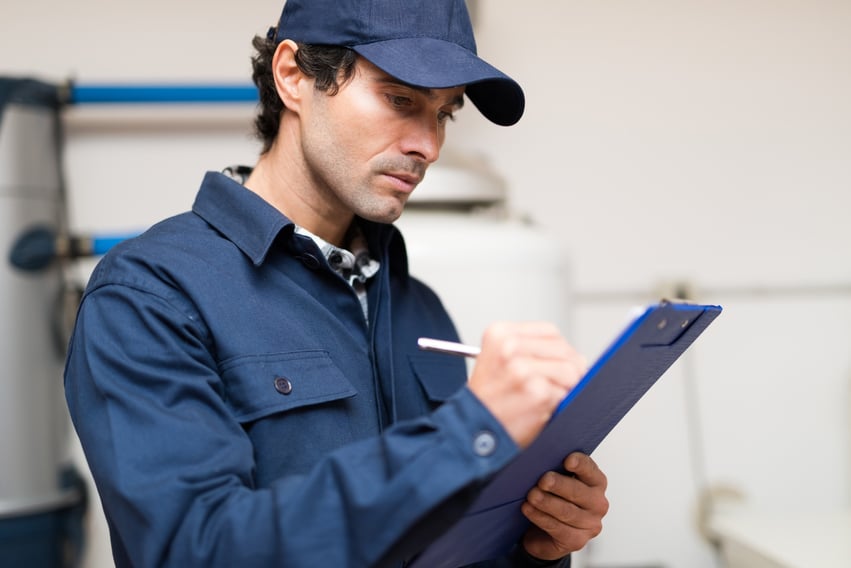
When you have a clogged commercial drain, your first concern is not the cause because chances are, your focus will be on getting it fixed.
Regular cleanings can prevent clogged drains and grease traps in your commercial building – however, there are signs that you may have an impending blockage.
How Often Should You Clean Commercial Drains?
For commercial properties, how quickly grease, food products, or other types of materials accrue within drain pipes depends on how much you use them. Naturally, an office supplies shop with only employee and customer restrooms will need drain cleaning far less often than a restaurant; however, that’s no excuse to ignore proper plumbing care. Over time, even everyday items like soap and toilet paper can cause drain pipe clogs.
This is what makes monthly drain cleaning a good frequency for commercial properties involved in all industries; it’s often enough for businesses that get heavy use out of their drains and right for commercial property owners that don’t need to think about their plumbing every day.
During these monthly cleanings, there are a few things you can do to ensure your drain pipes are cleared of obstructions and material buildup:
- When cleaning commercial drain pipes, flush out loose debris and material using hot water. You’d be surprised how much regular water flushes can benefit drain pipes.
- Generally, try to steer clear of chemical-based cleaners if you can (they’re fine in a pinch, but can cause problems if used regularly).
- Instead of commercial drain cleaners, consider using a mixture of baking soda and vinegar to break down accumulating materials within your pipes. Not only is it safer than commercial cleaner products, but often just as effective – if not more so.
- If clogs are beginning to develop, you may be able to eliminate them on your own with a drain snake (or drain auger), which is what professional plumbers use to force apart clogged materials within pipes.
- Moving forward, you may want to consider a drain cover or grate to prevent large debris from entering sink drains and other fixtures.
Commercial Drain Cleaning Services
Slow drains and those that backup frequently need more than drain cleaner to fix the problem. The following information will help you understand common services conducted to remove the blockage of your commercial drains:
1. Drain Snaking
Drain snaking is the simplest method of clearing a clogged drain and is usually the first method a plumber will use to try to clear a blockage. A drain snake, also called a drain auger, is made from a length of cable with an ‘auger head’ and is sized according to the pipe being unclogged.
Plumbers have drain snakes that can reach deep into your sewer pipes, find the clog, and remove it, in many cases. There are clogs that require more than a snake to remove. In that case, a different commercial drain cleaning method may be required to clear your sewer pipes.
2. Video Inspection of your Pipes
If snaking the drain fails to remove the clog, a video inspection may be required to determine the location and cause of the clog. This method of commercial drain cleaning will give a plumber a better idea of how to proceed when clearing the blockage of your commercial drains.
Older buildings in Sacramento may have sewer pipes that are made from cast iron, clay, and Orangeburg and over time, these can collapse causing a blockage that may require replacement of pipes.
Businesses that handle food can get blockages created by fat, grease, and food waste. Over time, this sludge will build up on the inside of the pipes, restrict flow, and cause you to have sewer backups more frequently if left unattended. Businesses with grease traps must be sure that they are pumped out on a regular schedule because they can cause severe backups.
3. Hydro Jetting the Drain
This is the most aggressive method used for commercial drain cleaning and is used when a drain snake isn’t enough to get the job done. Hydro jetting uses a strong stream of water much like a pressure washer and a special spray head that scours the inside of your commercial drains as it is run through them, clearing the most stubborn clogs most of the time.
The downside is that hydrojetting may be more than you need to clean your pipes and it can damage old or weak pipes, potentially causing further damage to your commercial drain system. That is where video inspection comes in because a plumbing technician can get a good look inside your pipes giving them an idea of how to approach your particular problem.
Best Practices for Commercial Drain Cleanings
As you can see, there are many factors that can affect the condition of your commercial pipes. There are also many best practices you can implement for commercial drain cleanings.
Hydro-jetting
One of the best practices you can use for cleaning, or unclogging, your commercial drains is hydro-jetting.
This method is completed by a professional plumber who will conduct an initial video inspection to determine the pipe’s integrity.
From there, the professional plumber can properly locate the source of the clog and hydro-jet your drain through pressurized water accordingly.
DIY Remedies
If you need a quick, or more immediate fix, then you may benefit from some common do-it-yourself remedies, such as chemical agents or carbonated substances.
Chemical Agents
While chemical unclogging agents work great in a pinch and are designed to break down organic material, such as food debris, their fumes can be toxic and hazardous to your health.
If you do choose to use a chemical unclogging agent on your commercial drains, you should use it in small amounts. This is because of their corrosive nature and, if used in large quantities, you can create clogs or pipe erosion from the combination of foam, chemicals, and pressurization.
Carbonated Substances
Other quick fixes for cleaning your commercial drain pipes include pouring hot water, baking soda and vinegar, or soda down the clogged drain. This can help to resolve minor clogs by dissolving debris buildup.
Keep in mind that while these DIY options are great short-term solutions, it’s always best to seek the advice of a professional like Express Sewer.
Schedule a Plumbing Inspection Today
An ounce of prevention is worth a pound of cure – commercial drain cleaning can prevent clogs and backups before you’re ankle-deep in sludge. Clogged sewer lines that cause smelly, unclean conditions can cause way more than an uncomfortable smell.
Express Sewer is Sacramento’s specialist for trenchless sewer line repair and replacement. Our modern plumbing techniques allow us to replace sewer lines without tearing up your parking lot, walk and driveways, and your landscaping. Less invasive than older methods, trenchless sewer line repair may be the best long-term solution if you have commercial drains with frequent backups and clogs.
Contact us today at Express Sewer & Drain for an assessment of your commercial drains. Being proactive now can save you headaches later if you have commercial drain problems that need attention.

This post first appeared on https://www.expresssewer.com
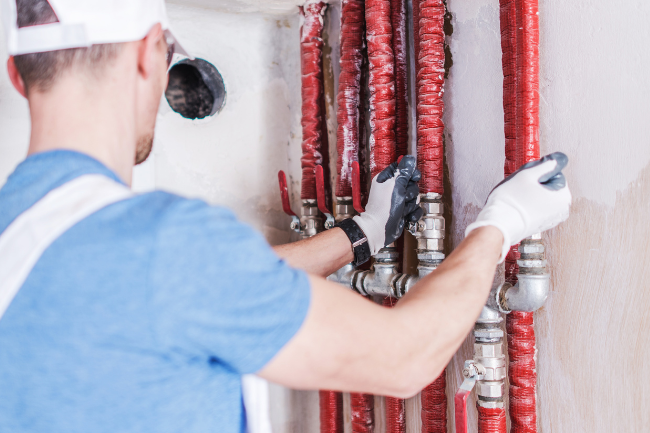
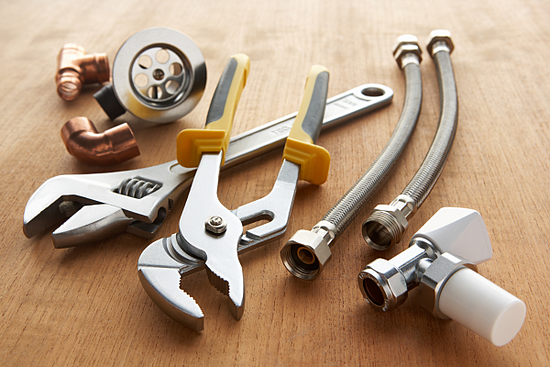
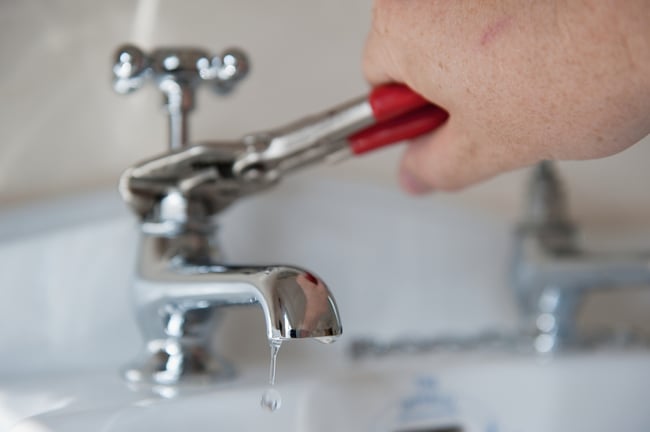


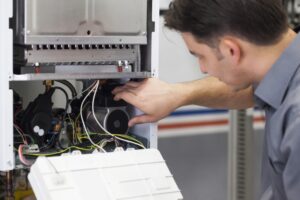
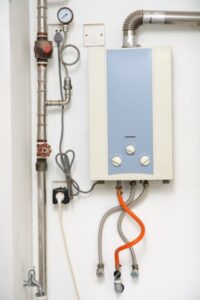

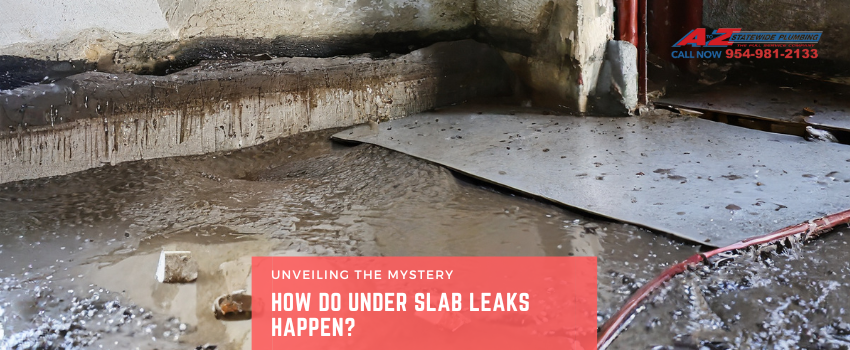

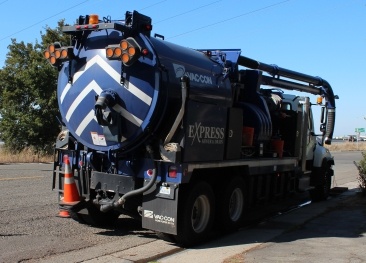 If you have a major
If you have a major